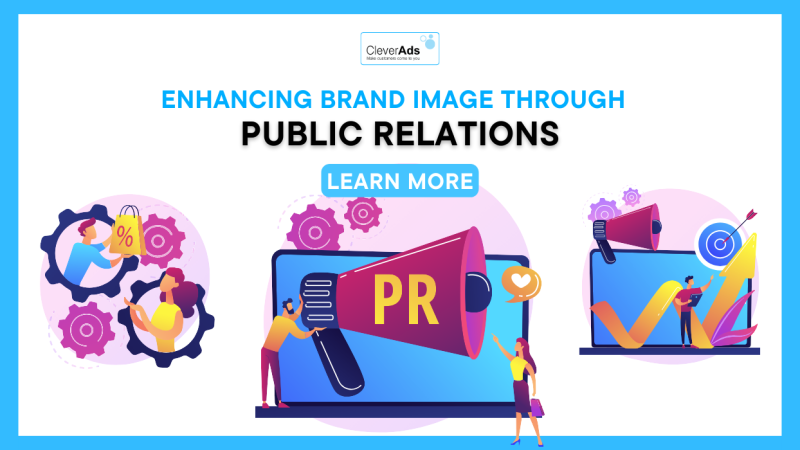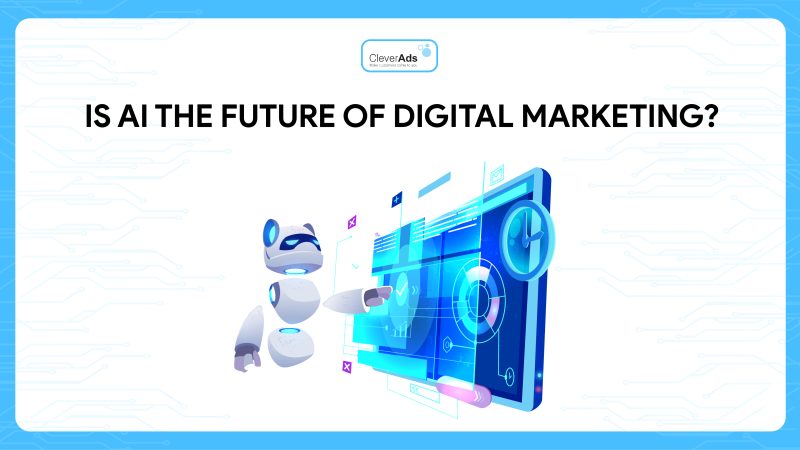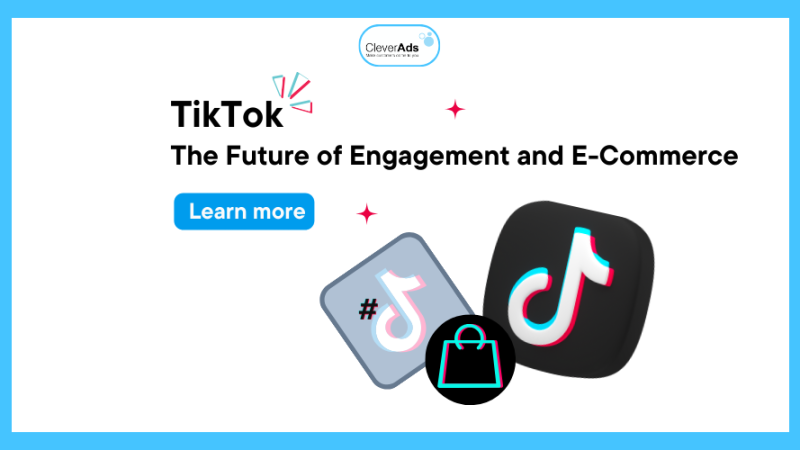Marketing funnel: What is it and How to create one?
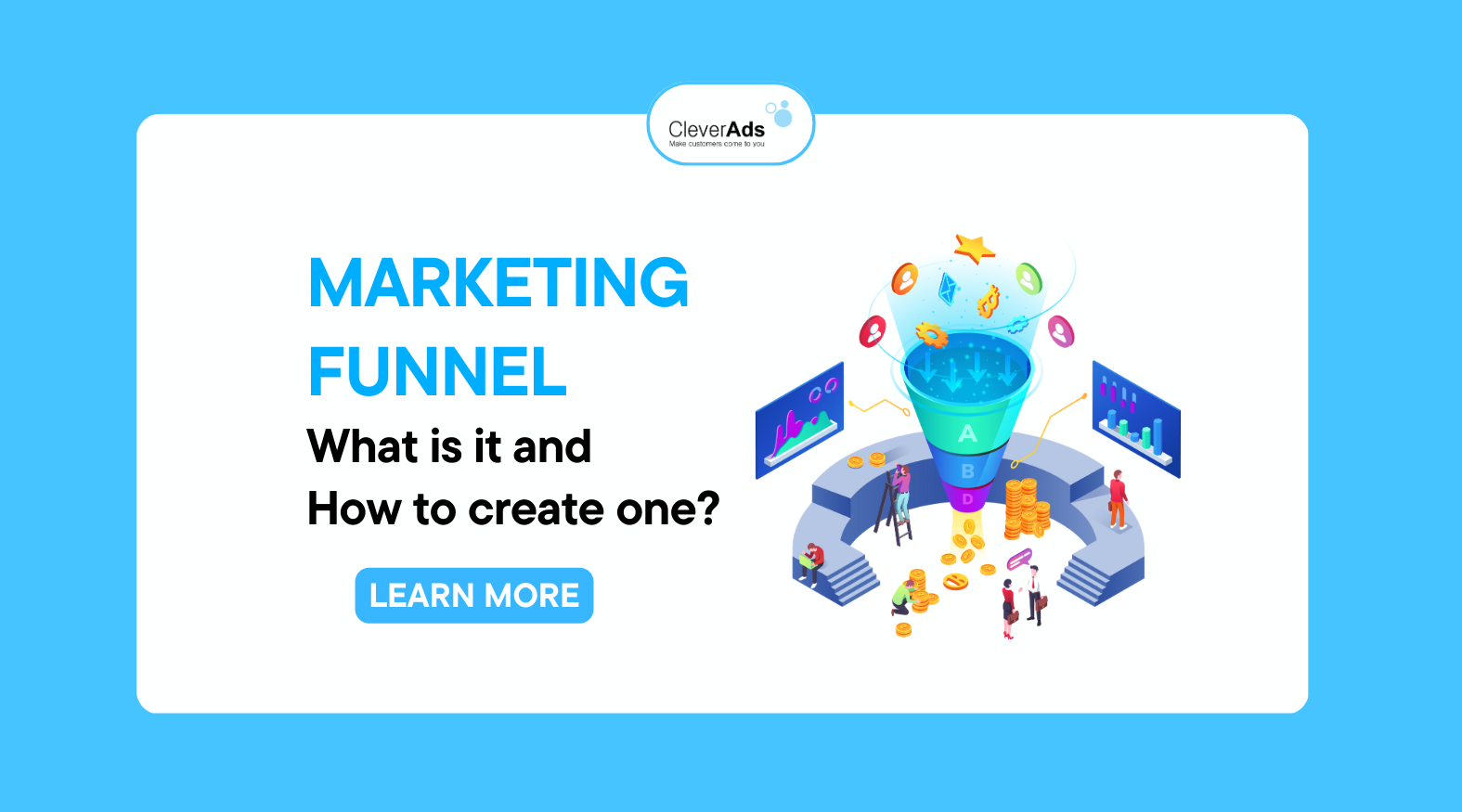
Overcoming the limitations of the traditional marketing funnel, the new marketing funnel has a more holistic view of the buying journey. Join CleverAds to update your knowledge about the latest marketing funnels.
What is a marketing funnel?
The marketing funnel is the process by which a company converts strangers into customers. This process is visualized as a funnel, often applied to analyze the customer’s journey. The top of the funnel is the step to brand awareness, consideration, purchase, to becoming a loyal customer.
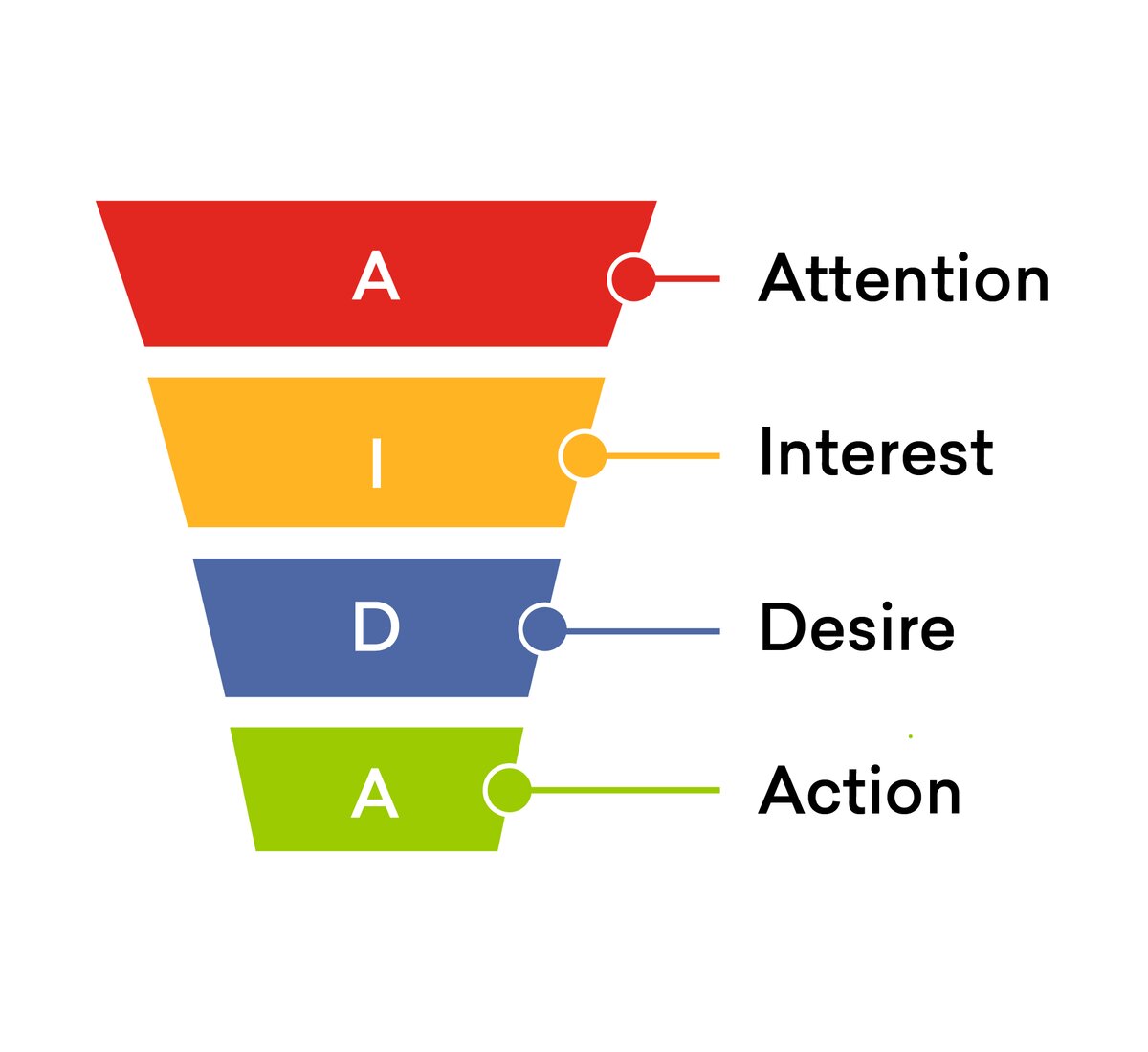
Traditional marketing funnels and limitations
Traditional marketing funnel consists of 4 stages: Awareness, Interest, Consideration, and Purchase.
However, because of its limitations, this model has gradually become obsolete:
Lack of a holistic view of the customer journey
As mentioned above, the traditional marketing funnel focuses only on the pre-purchase customer journey.
However, old and loyal customers are integral to the business’s revenue. At 5-10 times less cost to attract new customers, retaining old customers is a more economical option and should be emphasized.
Therefore, the journey from buyer to loyal customer and brand advocate also needs to be considered in the marketing funnel.
Lack of recognition that customers can start at any stage
Only some customers jump at the awareness stage and end at the purchase.
Some customers are nurtured by the competition and choose the business only at the purchase step, or some old customers are satisfied and repurchase the brand’s products.
Assume that the customer journey is a straight line
In a funnel, customers start from awareness and move down to buying. But the actual customer journey could be smoother.
In addition to starting the buying journey at any stage, customers can go back through the steps, skip several locations, and stay at one stage for long periods.
Therefore, the marketing funnel should only be understood as a simple reference to know the customer’s touch points, providing the information they need at the right time.
Latest updated marketing funnel 2022
The marketing funnel is divided into two main stages: Pre-purchase and Post-purchase.
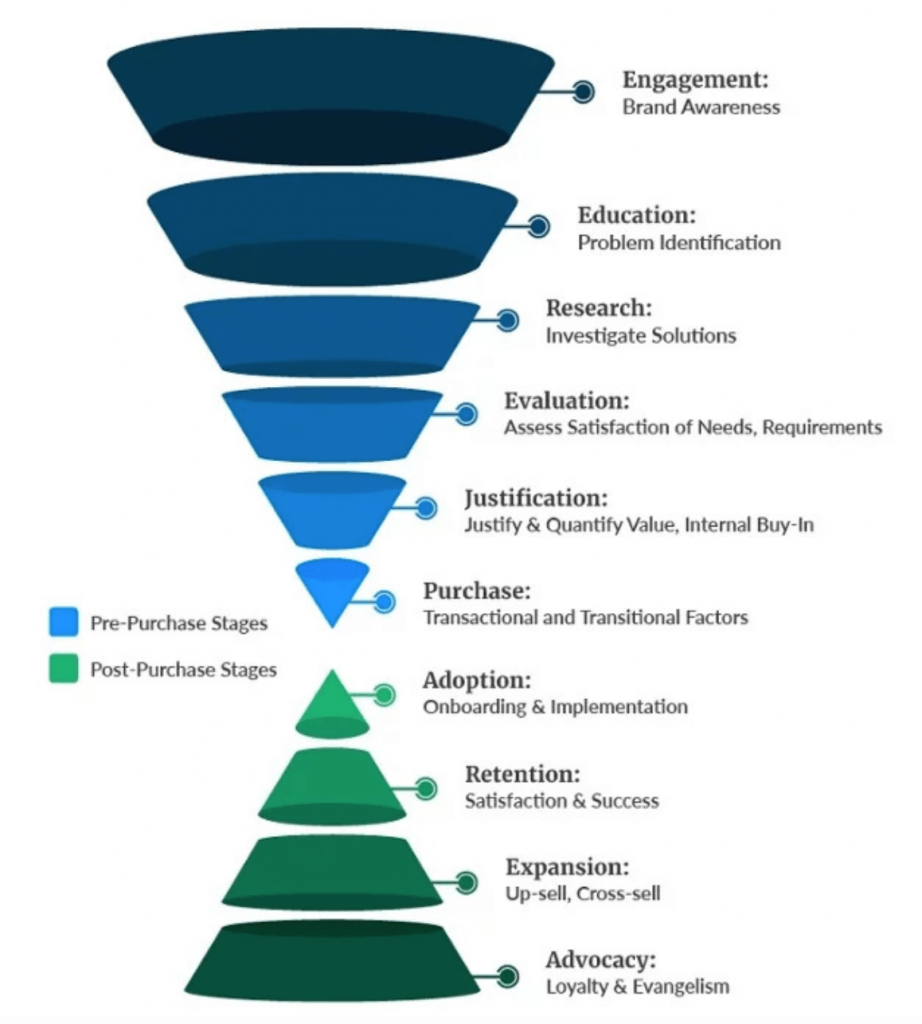
Engagement
Interaction here refers to the awareness and interaction with the brand on online platforms.
Amid a forest of competing brands, having a solid brand identity and effective reputation management can help a brand reach more potential customers, gain customer trust, and gain credibility.
Education
Today’s public tends to search for information online to answer their questions (Google, Facebook groups, TikTok).
Providing valuable educational content that solves public problems helps brands leave the impression of an informed, consumer-oriented brand in their hearts.
After the brand leaves an impression on customers as an authoritative and reputable place, customers will think of and easily choose the brand if there is a need for the product.
Research
When a need arises for a product, customers will research development and service options through various channels.
At this point, the consumer will have a list of potential options. So brands need a strong marketing campaign to be part of this list.
Evaluation
After obtaining a list of potential options, the user evaluates the options and decides which product or service will solve the problem.
In this stage, the brand must provide enough reasons to convince potential customers that it is their best choice. The causes can include the reputation of the business, the features of the product, service, etc.
Justification
Today’s consumers will not blindly believe that a product or service is good just because a business says so. Instead, they will find reviews from old customers and previous successful case studies of products and services.
Therefore, businesses need to have successful case studies and honest reviews from old customers to gain the trust of potential customers.
Purchase
This is the most crucial stage in the funnel when customers have decided to buy your products or services. At this stage, businesses need appropriate sales promotion programs and a strong brand keyword marketing campaign to close the deal.
Next is the post-purchase stage, including the steps of Use (Adoption), Continuing to use (Retention), Buying more (Expansion), and Supporting the brand (Advocacy).
Adoption
The first step of using a customer’s product needs to be as smooth as possible to retain customers in the first period.
Customers will only buy again when they see the product brings value. To achieve that, businesses need to provide complete and easy-to-understand user manuals and easy-to-implement, enthusiastic support in the process of use by customers.
Retention
The cost of attracting new customers will be much higher than the cost of nurturing existing customers. Therefore, making customers continue to use your products is one of the most effective steps in the marketing funnel if done well.
For customers to continue to use, it is necessary to ensure the initial promises, bring more value, and create close relationships with customers through marketing programs.
Expansion
When businesses have products and services that satisfy customers’ needs, customers will likely have a favorable relationship with the brand. This goodwill will make it easier for brands to upsell and cross-sell to existing customers.
In addition, businesses can create sales promotion programs to increase customer motivation to buy more.
Advocacy
The final step of the marketing funnel ensures that customers become brand advocates. Supporters will speak well, support the brand, and recommend it to friends and acquaintances. A community of supporters can be immensely beneficial to a business.
Loyalty Loop
Customers will sometimes go in a straight line from top to bottom of the funnel and stop. The Loyalty loop model demonstrates this. However, modern marketing continues beyond the purchase step. Marketing also makes customers loyal to the brand.
Instead of delving into the steps from ‘awareness’ to ‘action,’ brands can save those expensive advertising costs by maintaining relationships with existing customers. For example, brands often urge customers to follow their Facebook and Instagram to stay updated with their new products. This means constantly reminding customers to be loyal to the brand.
Create an effective marketing funnel in 11 steps
- Define target audience
- Competitive Research
- Set SMART goals
- Create a content strategy that helps solve customer problems
- Website design that converts
- Analyze and optimize funnels
- Create content campaigns and promote
- Create a landing page that shows your business expertise
- A/B testing to find the best version
- Always available when your target audience needs it
- Create a powerful brand appearance and recall
Conclude
Building a marketing funnel appropriate to the situation and resources of the business is essential so that marketers can clearly understand the consumer’s buying journey, thereby making appropriate strategies for them. Each stage optimizes the ability to achieve revenue goals.
Proud to be the leading partner of Google and Facebook in Vietnam, CleverAds is an agency that provides a one-stop digital experience with various digital marketing services depending on customers’ requirements. In addition, CleverAds also provides a comprehensive digital marketing package and strategic consulting for businesses.
